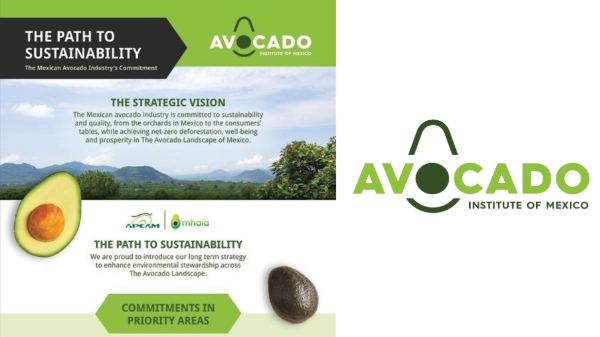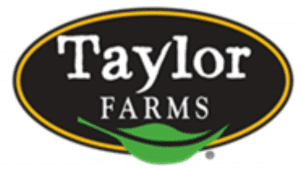Welcome to Blue Book!
Are you ready to join the thousands of companies who rely on Blue Book to drive smarter decisions? View our plans and get started today!
Still have questions? We’d love to show you what Blue Book can do for you. Drop us a line– we’ve been waiting for you.
The other potential pitfall is assuming that store clustering is merely a quantitative exercise where the ‘right answer’ is quickly determined by plugging data into a formula. Jones-Farmer states: “Like all analytical methods, store clustering is very much a blend of art and science: the art of understanding the business, the customer, and the demographics paired with the science of sound analytical methods.”
Supply Chain Implications
When retailers implement a clustering strategy, stores and consumers are not the only groups impacted. External participants are also affected, and a primary concern is that the supply chain will become more complex and less efficient.
To avoid such problems, the retailer’s supply chain processes must be capable of handling a more diverse set of produce items. There must also be enough operational scale and inventory velocity to make it worthwhile. Goodwin poses a critical question: “Can we buy enough, flow enough, and turn enough to execute the strategy? From a fresh standpoint, your real costs come from having to throw product away.”
If the clustering becomes too granular, supply chain economies of scale will decline. Expanding the variety of produce for store clusters may necessitate a wider supplier base. As a result, the retailer’s purchasing process becomes more complex and inbound shipments will be smaller. The product mix going to stores will also expand, leading to fulfillment at the case-level versus the pallet-level. The same issues of order complexity and inefficient delivery quantities can also affect upstream suppliers.
Store clustering can have a positive supply chain impact if retailers are willing to collaborate with suppliers, rather than force requirements on them. “Talk about your objectives, why you’re doing what you’re doing, and ask them for ideas,” says Goodwin, citing the example of a retailer working with a specialty produce house to create a cross-dock program. Stores would order two weeks in advance from a specialty product list, and, in turn, the supplier used the orders to create store-specific cases. From there, the cases quickly flowed through the cross-dock and onto their final destination. The additional supplier effort generated higher product costs but allowed the retailer to have a fresh program with unique produce items and minimal waste.
A final benefit of effective store clustering is faster inventory turnover due to product specifically tailored to the customer base. “You don’t have as much inventory sitting in the store, which reduces carrying costs for the retailer,” notes Carver. “In addition, you free up that capital for other opportunities.”
Summary
Grocery retailers are quickly recognizing they cannot be all things to all people. “Trying to sell a standardized product to a standardized customer is a losing proposition,” Carver concludes. “You need to tailor merchandise to the needs and wants of specific customer groups.”
Such is the underlying value proposition of store clustering. To succeed with this strategy, retailers must identify and capture critical data, leverage available analytical tools, and work with supply chain partners to overcome the potential fulfillment inefficiencies of varied product mixes for the store clusters. If executed effectively, the increased sales to loyal customers will outpace any marginal increase in supply chain expenses.








